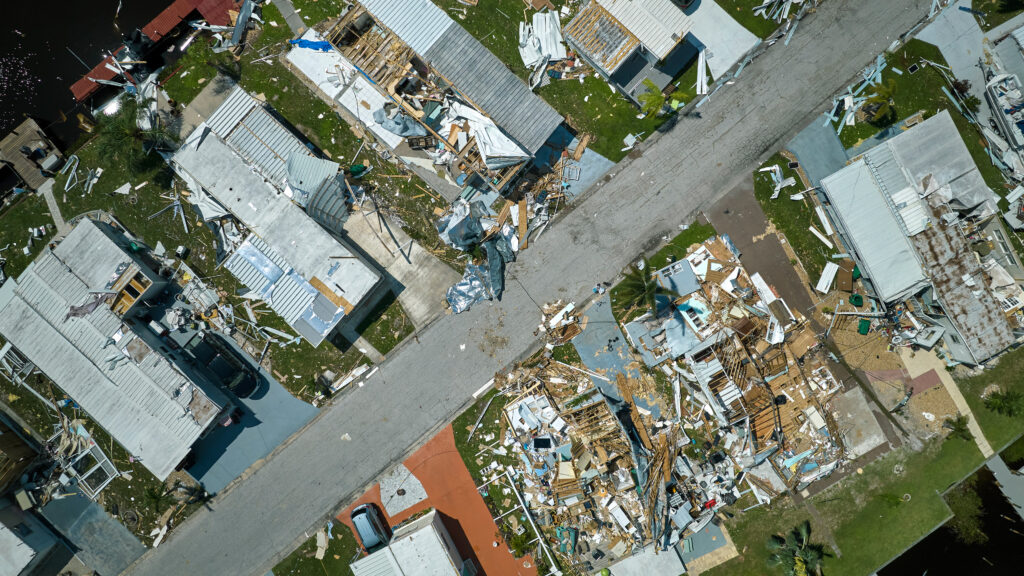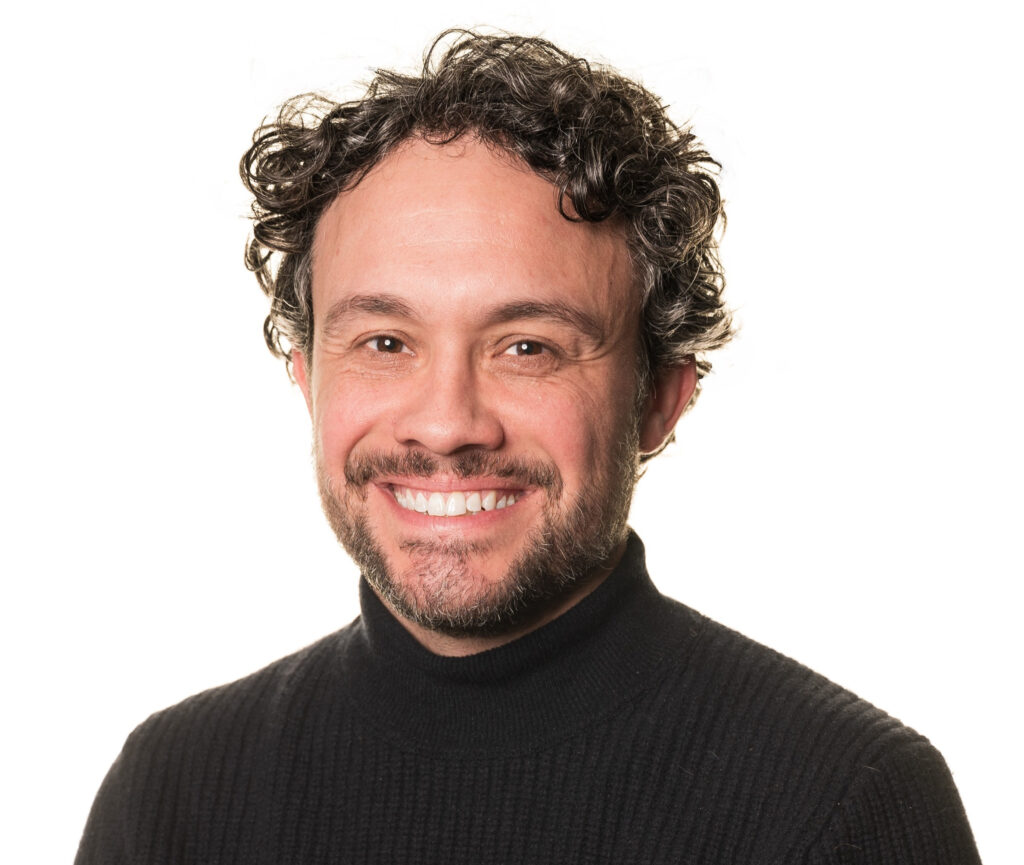By Peter Adams, Howden Re
Living near Florida’s dazzling coasts comes with the trade-off of dangerous weather. Storms regularly leave billion-dollar scars across Florida, wrecking homes, businesses and infrastructure. And the impact of extreme weather extends beyond immediate damage and injury to threaten the state’s economic engines — tourism, agriculture and real estate.
After major storms, attractions and beaches can close for months, and farms face crop losses and disrupted supply chains. And in real estate we increasingly see high premiums killing deals before they are finalized. Such extreme weather may become more severe and frequent due to climate change, as each subsequent disaster sends compounding ripple effects through the state.
On top of all that, there is an insurance crisis. Soaring premiums, already the highest in the country, make home ownership increasingly unattainable. Despite legislative efforts, rates have risen 300% over five years, averaging $10,966 annually, burdening homeowners regardless of storm impact. What’s more, behind each storm comes the quagmire of fraud and legal actions tied to Florida’s “assignment of benefits” problem, raising costs and slowing repairs. Seven insurance companies have become insolvent in the state since 2017, and other insurers are abandoning the state altogether just when they are needed most.

Climate change and insurance are part of an interwoven set of challenges to Florida’s security and prosperity. The insurance sector may be perceived as a source of the crisis; Instead, I argue that our sector has a critical role to play as a source of solutions. By incentivizing and underwriting climate resilience, we can continue to transform our role, rising to the challenge of this pivotal moment to help Floridians cope with the dangers of extreme weather.
Growing climate risk demands new innovations, partnerships and leadership. The insurance industry has a unique opportunity to help. Insurance is not just a financial safety net — payouts after disasters are only one tool — and other strategies and resources can help Florida cope with the accelerating crisis.
For instance, insurers should expand the availability of incentives like the wind mitigation credits currently available to Florida homeowners. These types of premium discounts encourage installation of hurricane-resistant features, such as impact-resistant windows and reinforced roofs. Other interventions recommended by the Insurance Institute for Business & Home Safety should be incentivized for more hazards, reducing risk and saving lives.
Likewise, alternative kinds of insurance are available and need to be scaled up and used in more places. For example, communities and nonprofits are purchasing parametric insurance policies that pay out rapidly after a disaster. This fast payout can multiply the impact of a local foundation or community-based organization’s relief efforts, allowing a community’s most trusted partners to provide timely aid to the most vulnerable Floridians. Parametric policies are already being developed and deployed in Florida, New York, and Hawaii. They are invaluable for stabilizing at-risk communities, aiding households without safety nets that cannot afford to wait for government support.
The insurance industry is also a catalyst for innovation in disaster response and recovery. By investing in and promoting new technologies, such as drones for rapid damage assessment or mobile apps for real-time alerts and claims processing, insurers can expedite recovery processes. After Hurricane Irma, insurers deployed drones to assess property damage in hard-to-reach areas, significantly speeding up claims processing and aiding quicker recovery. Another valuable tool is forecast insurance, with payouts that come before the storm strikes and allow policyholders to better brace for impacts.

Public listening and public awareness campaigns are also vital. Insurers are collaborating with local governments to conduct workshops and training exercises, helping communities understand weather risks and paths to obtaining better insurance coverage. Such initiatives, particularly in flood-prone and low-income areas, can significantly enhance community preparedness and response capacity.
Insurance companies also advocate for and support policy changes at the local, state and federal levels to promote sustainability and disaster resilience. By engaging in public policy discussions and collaborating with governmental bodies, insurers can push for more stringent building codes, better land-use planning and investments in resilient infrastructure.
The insurance industry holds the keys to a more resilient Florida. Beyond financial backstops, we must lead in helping to build resilience through reducing exposure to hazards, delivering insurance innovations and responding directly to the needs of communities. Otherwise, unchecked risk will continue to threaten the safety and prosperity of one of America’s most iconic states.
Peter Adams is an associate director at Howden Re, a global reinsurance broker and strategic advisor. He works on the Climate Risk and Resilience team, advising cities and corporations on how to address climate risk. To learn more, visit www.howdengroup.com.
If you are interested in submitting an opinion piece to The Invading Sea, email Editor Nathan Crabbe at ncrabbe@fau.edu. Sign up for The Invading Sea newsletter by visiting here.



